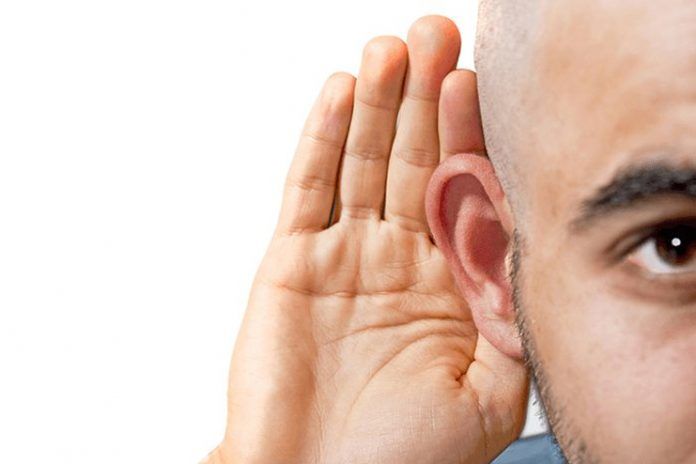Hearing loss can root from a number of reason, be it exposure to noise damage or even because of any form of hereditary problem. Acute or chronic, not having one of the senses working can actually impact one’s overall quality of life.
A new study (R), conducted by the researchers from the University of Rochester Medical Centre has possibly traced a new method for the restoration of one’s hearing loss. They have been able to successfully restore and regrow the sensory hair cells in found in the cochlea in the inner ear which is primarily responsible for converting the vibrations into electrical signals for sound perceptions.
Hearing impairments is nothing new in today’s world, aging primarily accused being as one of the primary culprits behind the same. If statistics are anything to go by, it is believed that over 30 million Americans suffer from some form of hearing impairment. That being said, scientists have witnessed in some animals like frog, fishes and even birds have the ability of regrowing out their sensory hair cells in the inner ear.
The co-author of the study, Jingyuan Zhang, stated saying that it is only the mammals in the animal kingdom which don’t have the capability of regenerating their cochlea. That, we are the only vertebrates in the entire kingdom who fail to do so.
Back in the year of 2012, a research was conducted in the lab of Patricia White, in which the researchers identified a family of receptors, otherwise known as the epidermal growth factor which plays a crucial role in activating the support cells in the auditory pathway, mainly in the bird. When these factors were triggered and stimulated, they did end up proliferating and promoted the generation of new sensory hair cells.
Upon this observation, White speculated that this same signally pathway can also be manipulated to produce same kind of results in the mammals. She further went on to explain that even the mammals express the EGF receptors in the cochlea but these are not necessarily responsible for the regeneration of the cells much like what happened in the others in the animal kingdom.
White believes that it could very well be because of the mammalian evolution which could have resulted in a form of alteration in the expression of these receptors. She further exclaimed that their main focus of research is mainly dependant on finding ways to temporarily alter the expression of these receptors to ignite necessary responses to reverse the problem associated with hearing loss. They are seeking ways to not just promote the regrowth of the hair but also for ways to integrate the same with the nerve cells – both the factors being quite critical for one’s hearing ability.
In this new study, the team of researchers successfully tested out the lingering theory of whether or not the signaling from the EGF family of receptors can actually play a significant role in the cochlear regeneration in the mammals. The main focal point around the entire thing was the sheer focus on the ERBB2 receptors which is predominantly found in the support cells.
The researchers, upon sourcing their main focus, started implementing various ways to end up activating the EGF signaling pathway. While one of the methods included using a virus as a vector to target the ERBB2 receptor, another mode of action genetic modifications was done in mice to over-express an activated ERBB2. The third and the last conducted experiment involved the testing of two different drugs, known for triggering the ERBB2 signaling, which was originally developed for the stimulation of the stem cell activity in the eyes and pancreas.
Upon the administration of these experiments, the researchers found that the same did actually end up activating the ERBB2 pathway which later was responsible for triggering a cascading series of cellular events following which the cochlear support cells did proliferate and even triggered the adjoining stem cells to become the new sensory hair cells. Thus, they concluded that this not just helps in the reformation of the sensory hair cells but also does aid with the integration of the same with the nerve cells. While the process is extensive and is still not prepared for clinical trials, the findings can actually create a breakthrough in reversing hearing loss in individuals.


















